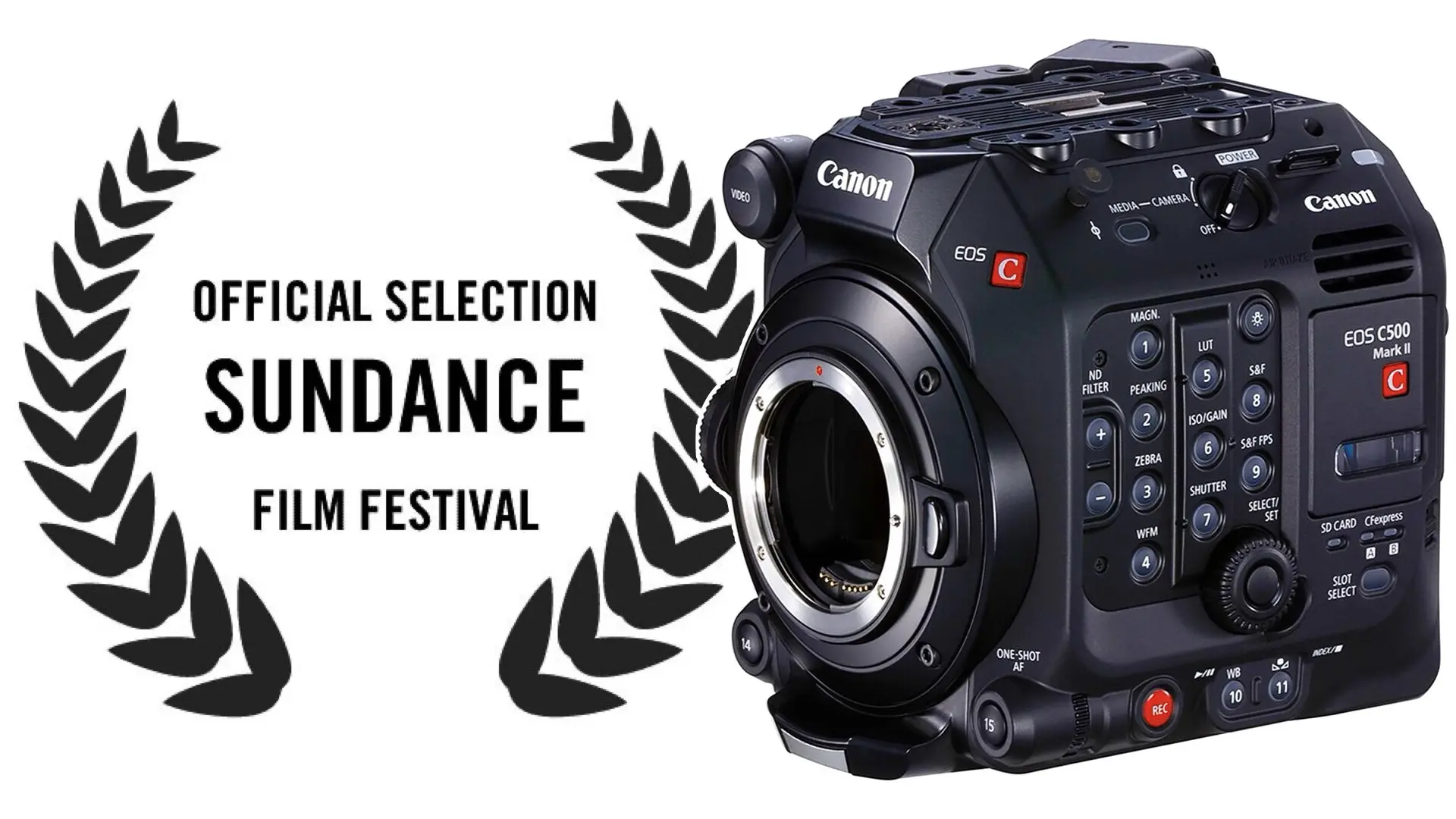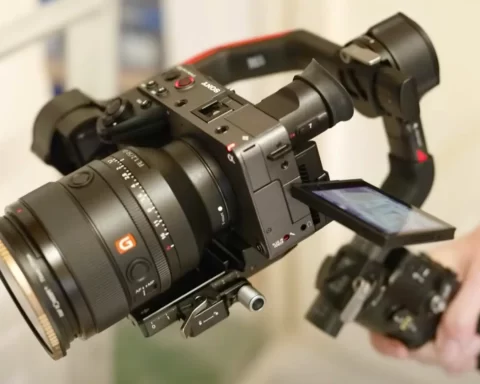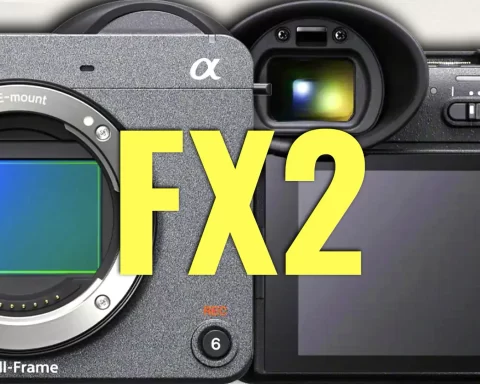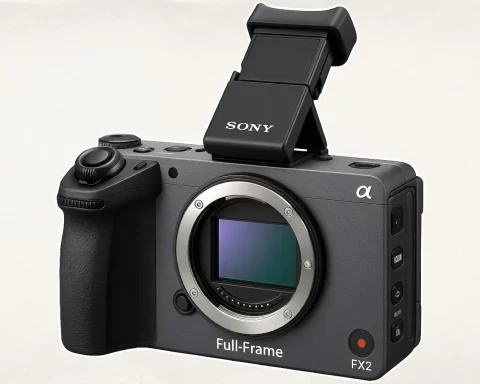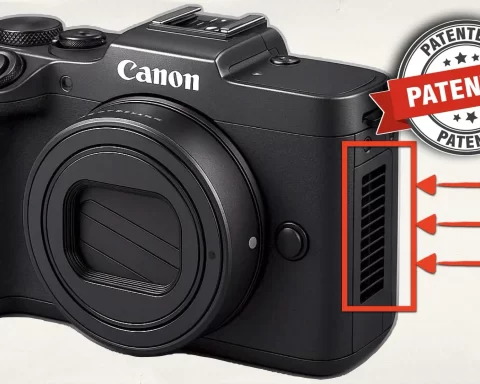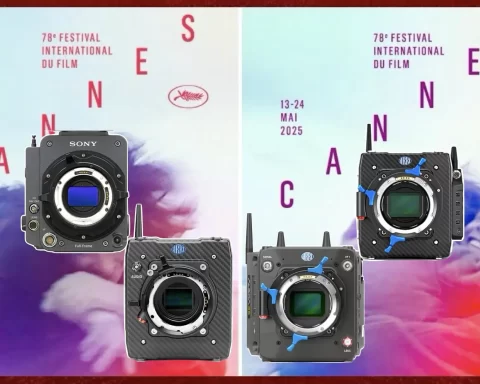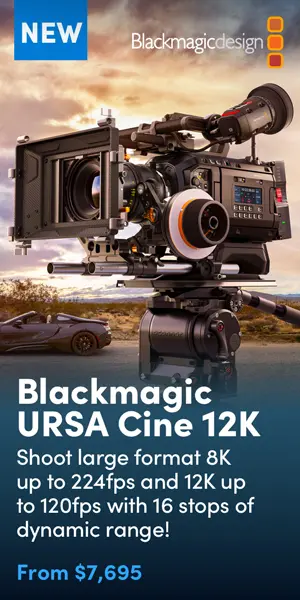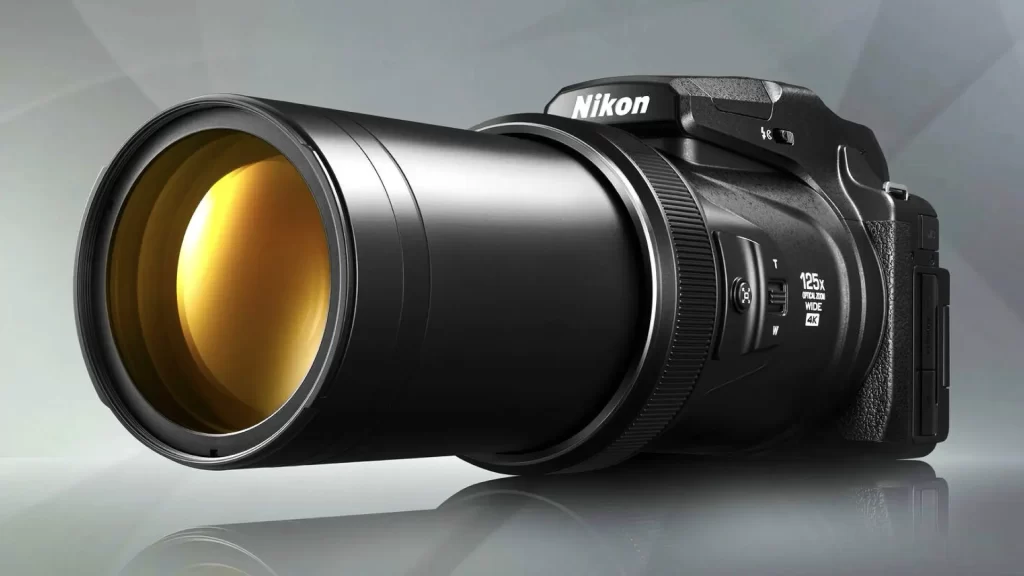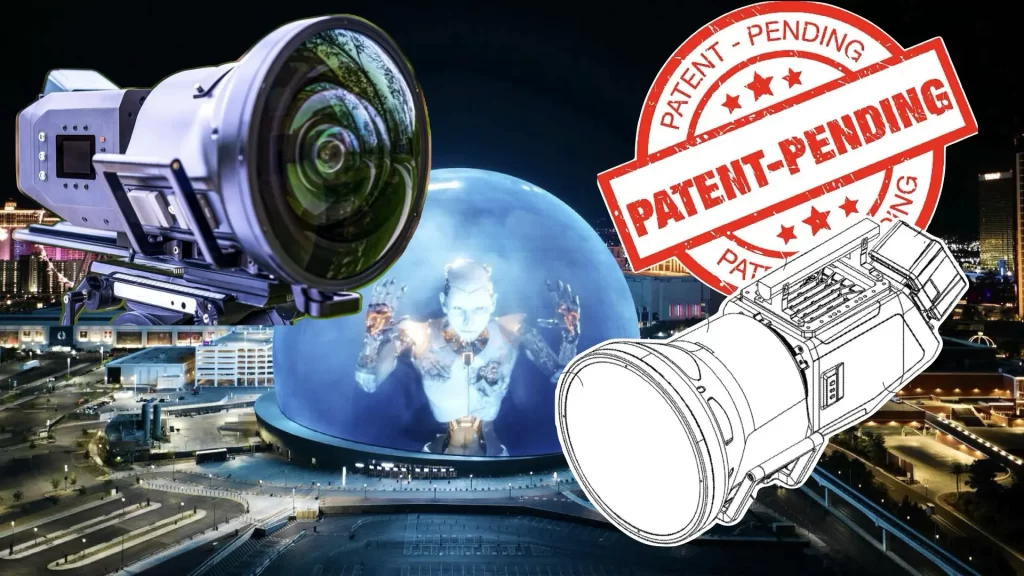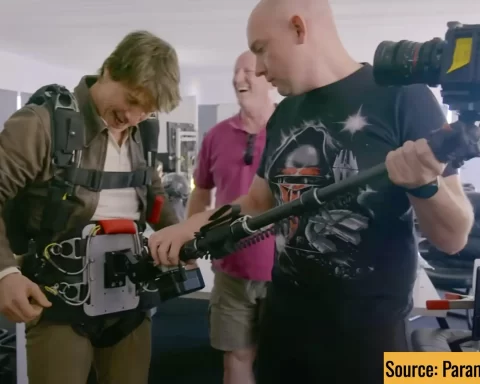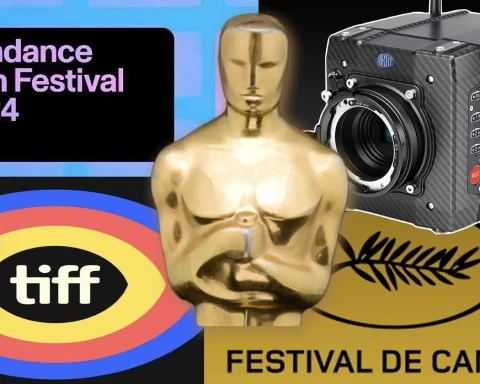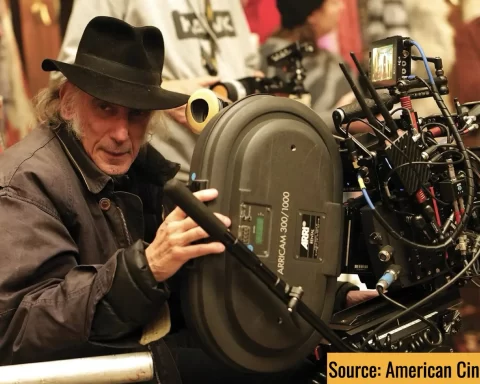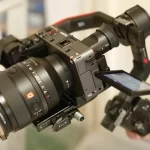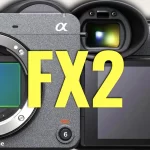At Y.M. Cinema, we recently questioned Canon’s absence from Sundance 2025 and the festival’s apparent preference for ARRI ALEXA cameras. We also explored the evolving nature of Sundance itself, asking whether it still serves true independent filmmakers or has become an exclusive industry machine. However, Come See Me in the Good Light—winner of the prestigious Festival Favorite Award—serves as a powerful counterpoint to both discussions. Shot on a Canon C500 Mark II instead of the expected ARRI ALEXA, the film defied the dominant trends of Sundance cinematography while resonating deeply with audiences. In this exclusive interview, we sit down with the film’s cinematographer, Brandon Somerhalder, to discuss his choice of gear, his creative process, and what it means to craft a visually striking indie feature outside the ALEXA ecosystem. Let’s dive in.
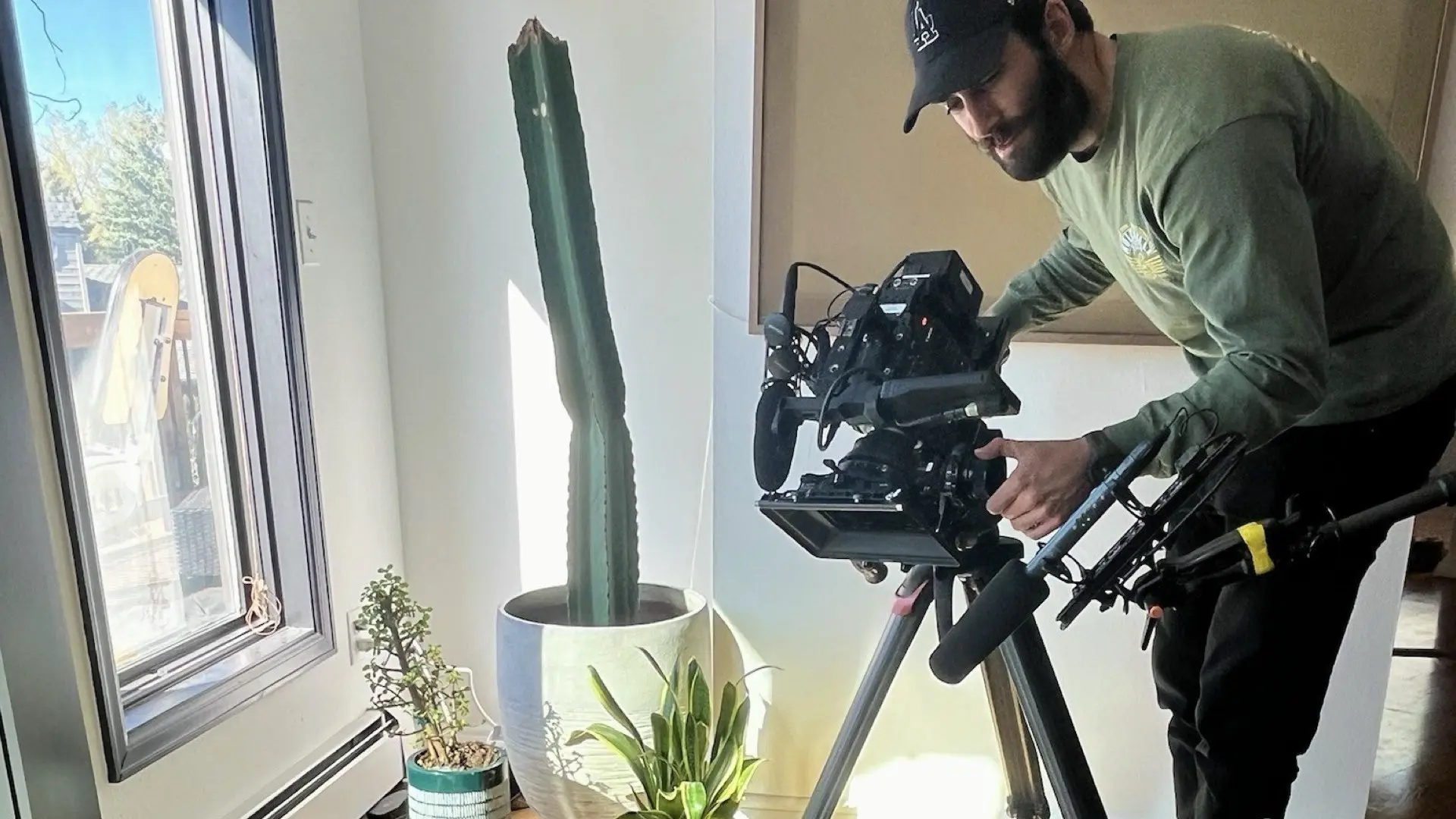
A short bio
YMCinema: Can you introduce yourself and share a bit about your journey as a cinematographer?
Somerhalder: Hi, I’m Brandon Somerhalder, a cinematographer based in LA, originally from Denver but primarily raised in Wichita, Kansas. I was always taking pictures when I was younger, and studied film photography in college before transferring to USC in LA to pursue film. Because I was familiar with cameras, I ended up shooting a lot of friends’ projects, and worked as a camera assistant at ABC’s Digital Studio, shooting BTS on their big network shows to pay my rent. Out of school, there’s a ton of creative energy but no money, and I found documentaries to be the perfect outlet where you don’t need massive budgets or a huge crew so I volunteered myself to shoot as many as I could to gain experience and fell in love with the process.
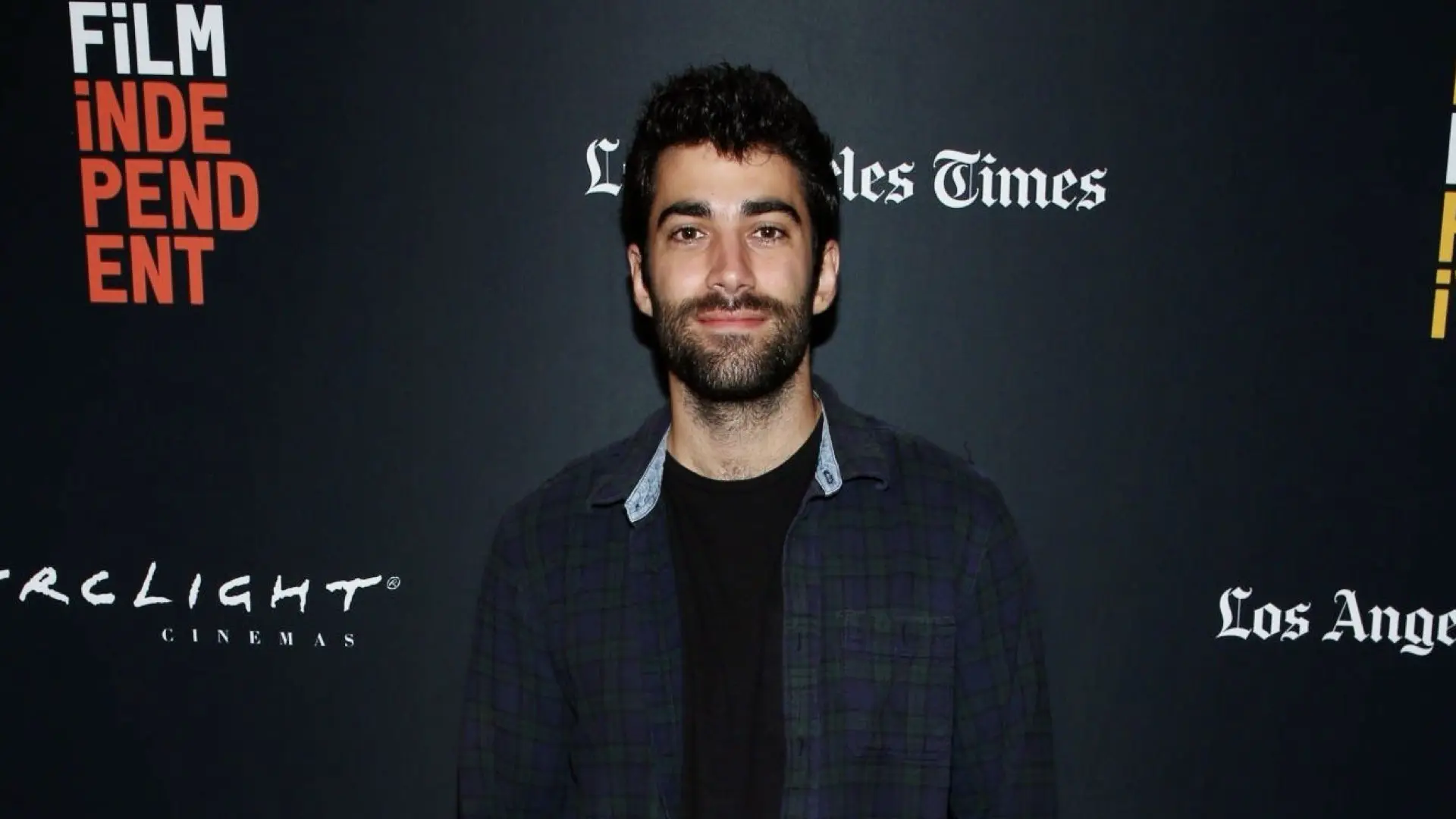
Because I was familiar with cameras, I ended up shooting a lot of friends’ projects.
About the project
YMCinema: How did you get involved in Come See Me in the Good Light?
Somerhalder: I did a verite documentary a few years ago called The Lionheart that Ryan White (director) saw at Tribeca and we connected. I started working with him and his producer Jessica Hargrave on another project but soon after, the idea for this Andrea Gibson documentary came to them. We’d developed a really wonderful working relationship and with the Andrea doc being such an intimate, small production team, we all had great trust in each others’ strengths to bring the best out of the project.
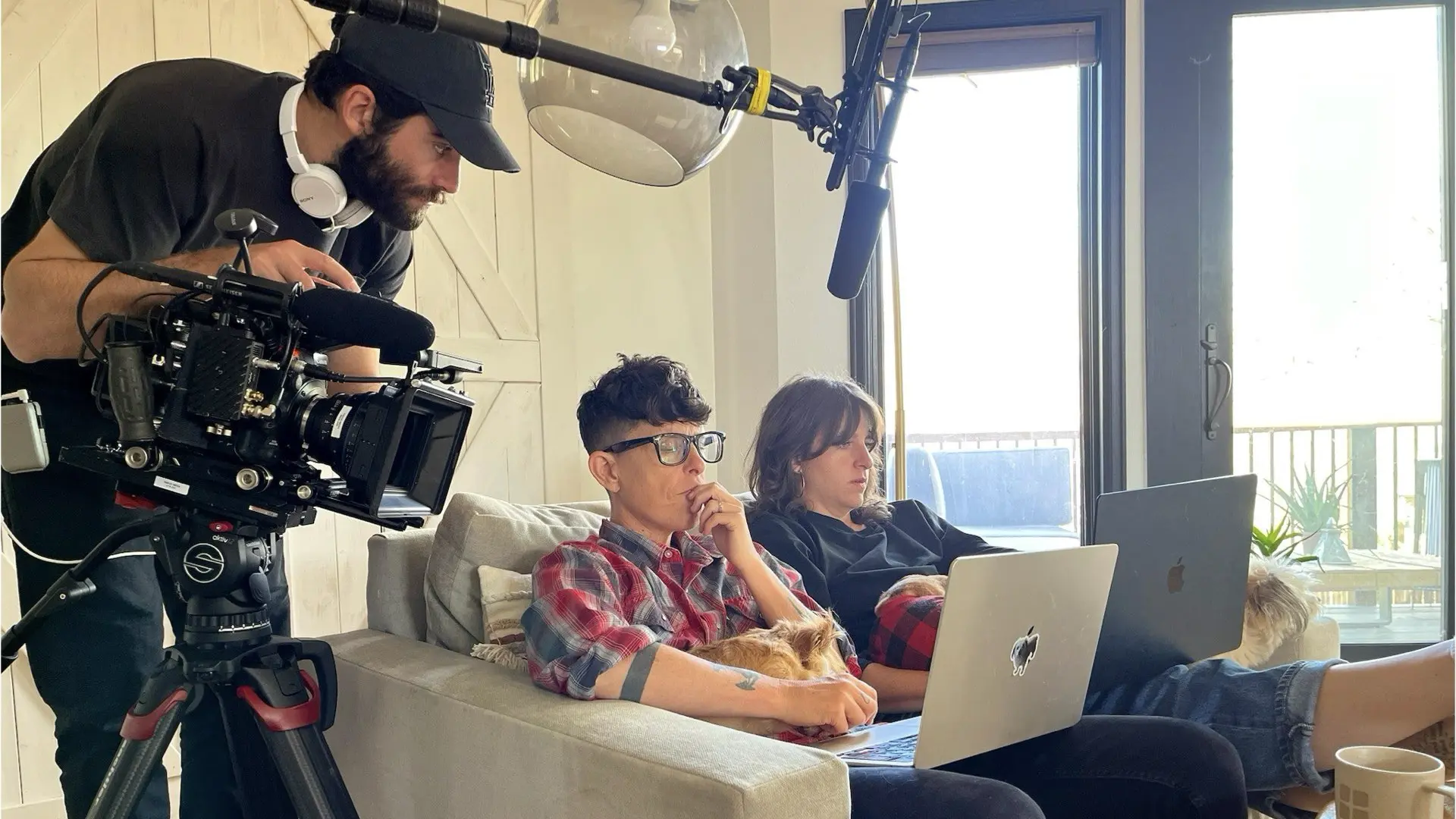
The film was primarily shot on the Canon C500 Mkii, and occasionally a Sony FX3 for a smaller “hospital cam.” Also Canon C70, Sony FX6 and Sony FX3 for the live show in the film. The C500 is a workhouse of reliability for verite shoots like this. I knew I’d need reliability, a camera that wouldn’t die on me during an emotional scene, with loads of dynamic range, quick exposure and color temp adjustments, since the film was 99% natural light.
Being selected for Sundance 2025
YMCinema: Congratulations on being selected for Sundance 2025! How does it feel to have your work showcased at such a prestigious festival?
Somerhalder: Sundance has always felt quite elusive and grand – so to go from these really intimate shoots to suddenly showcasing the work in front of large crowds filled with so many other talented filmmakers has been a whirlwind. But this film in particular was such a gift to shoot and to be able to premiere it at Sundance, where Andrea’s beautiful perspective on life can shine the brightest, was the absolute dream.
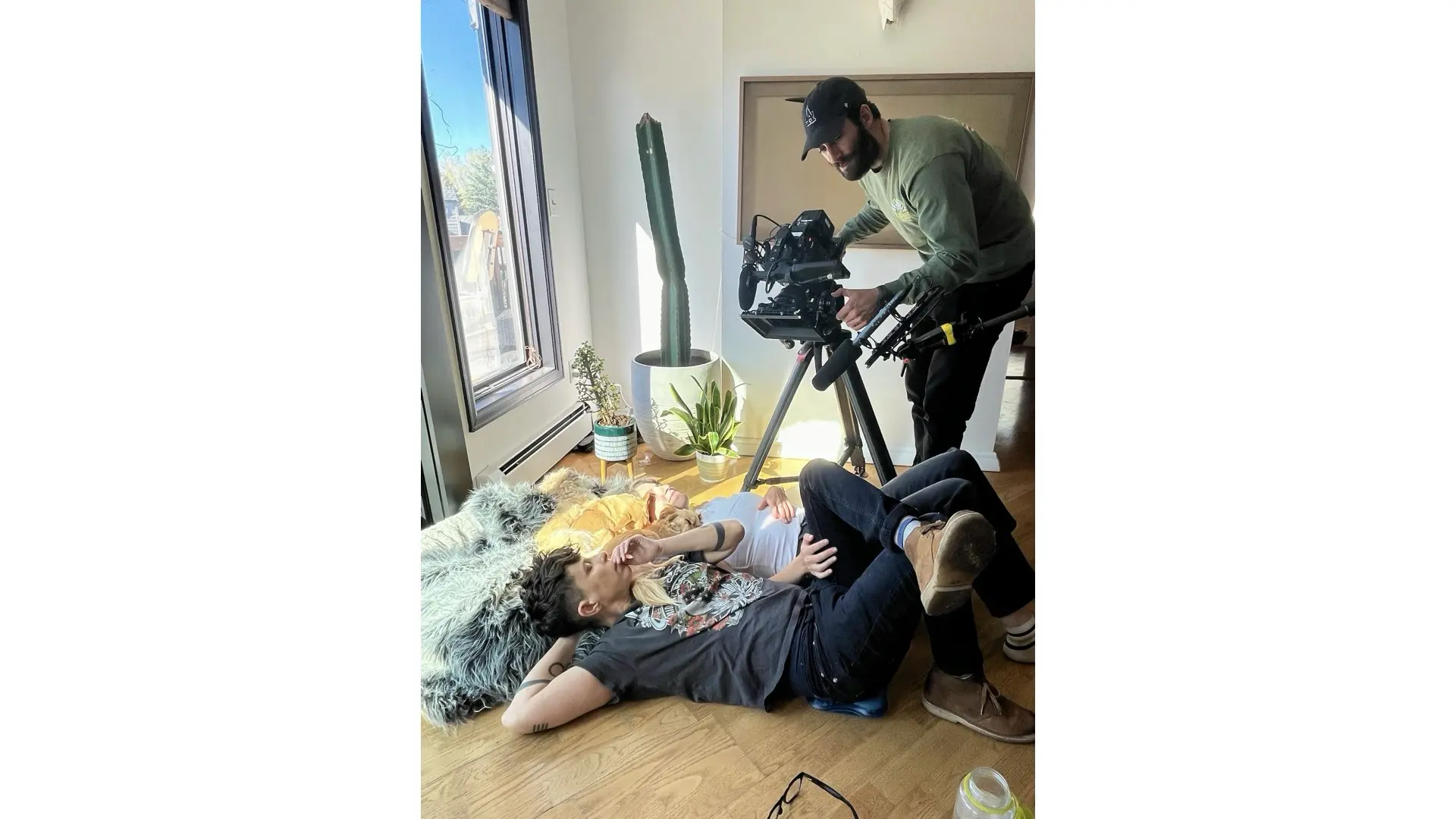
The chosen cameras
YMCinema: What camera system did you choose for this project, and why? Were there any specific technical features of the camera that made it particularly suited for this film?
Somerhalder: The film was primarily shot on the Canon C500 Mkii, and occasionally a Sony FX3 for a smaller “hospital cam.” Also Canon C70, Sony FX6 and Sony FX3 for the live show in the film. The C500 is a workhouse of reliability for verite shoots like this. I knew I’d need reliability, a camera that wouldn’t die on me during an emotional scene, with loads of dynamic range, quick exposure and color temp adjustments, since the film was 99% natural light. Also dual card slots and onboard audio were a necessity as I was sometimes shooting by myself. The FX3 could fit in a small backpack which was very useful when I would join Andrea and Meg at appointments and treatment in the hospitals.
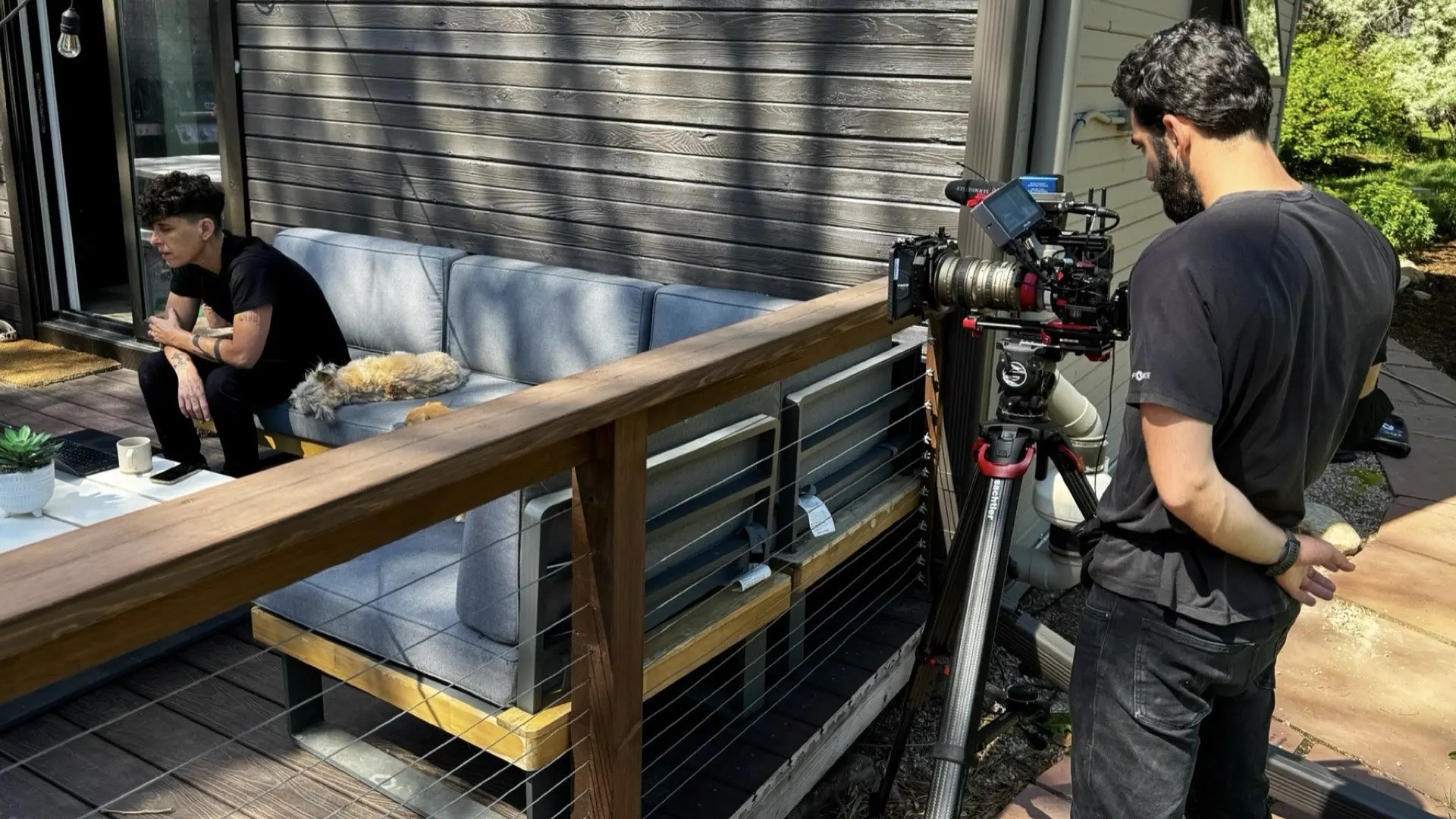
The main lenses I used were the Zeiss CP2s on the c500 – they’re notoriously quite clean and uncharacteristic but I chose the primes over something like the Canon L series zooms in order to make composition more of an intention.
The chosen lenses
YMCinema: Which lenses did you use for the film, and how did their characteristics help you shape the visual tone and storytelling of the project?
Somerhalder: The main lenses I used were the Zeiss CP2s on the c500 – they’re notoriously quite clean and uncharacteristic but I chose the primes over something like the Canon L series zooms in order to make composition more of an intention. I can always feel when a doc filmmaker just punches in on their zoom rather than moving closer and while certain circumstances call for that, our film had some freedom. I feel like intimacy requires proximity, physically being close to the subject, and the primes made me get closer when the moments called for it rather than just turn the barrel. We also used a lot of tripod – statics and slow pans – in our verite shooting and I wanted to feel the stasis and calm in Andrea and Meg’s home especially in contrast to the unavoidably more frenetic handheld shooting in the hospitals. I occasionally had some Zeiss Super Speeds on hand that I’d throw on my FX3 for a really compact build that wouldn’t draw attention in the hospitals. The close focus on both of these prime sets was also crucial as I tend to get close. I also utilized the Canon 25-250mm Cine-Servo, Angenieux EZ-1 45-135mm and Sony G Masters for the live show.
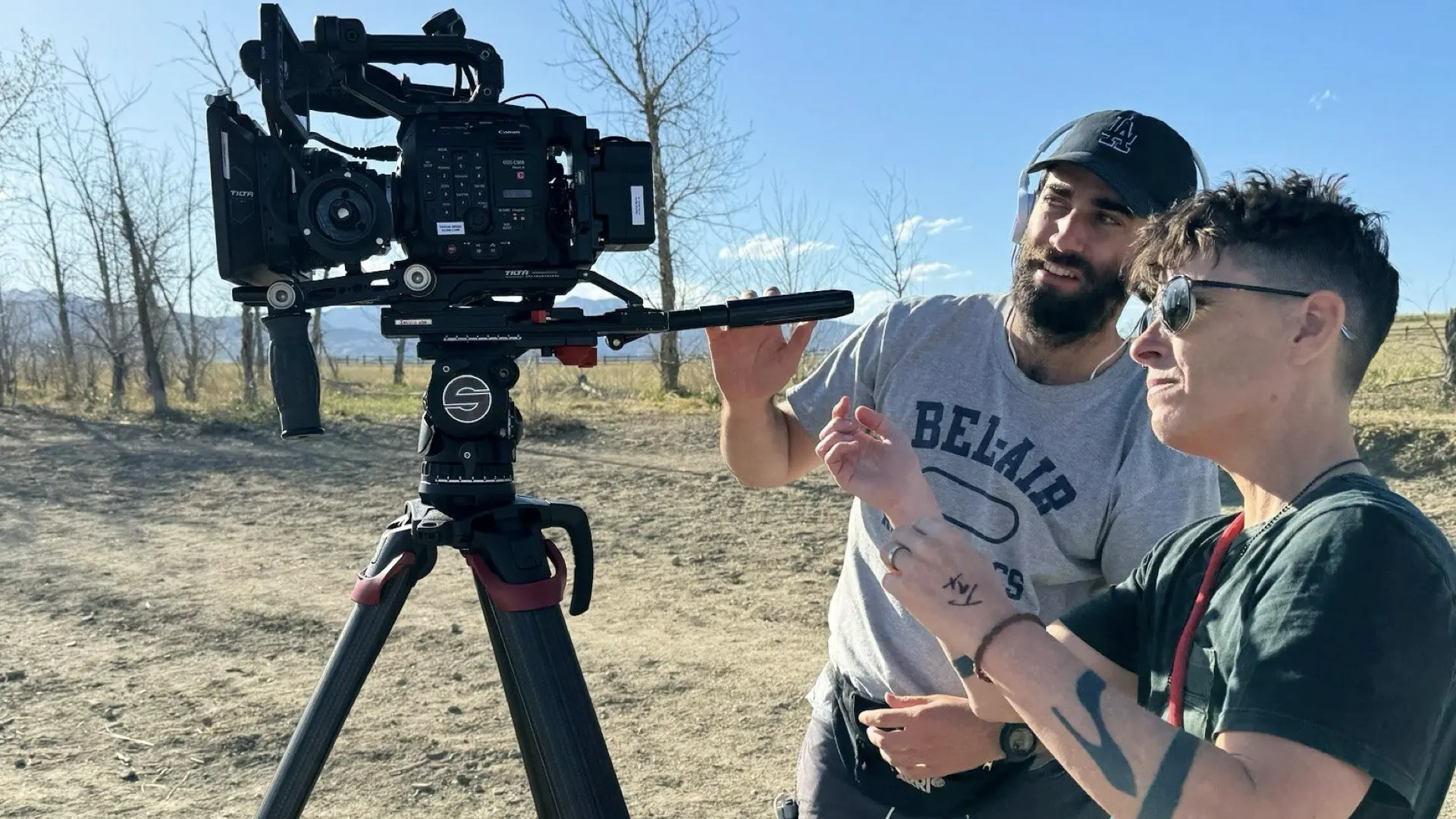
It was always a very small rig — onboard mic, no extra onboard monitors and a Teradek for Ryan’s monitor.
Rigs and camera setup
YMCinema: Can you walk us through the rigs and setups you used? Did you rely on handheld, Steadicam, gimbals, or dolly shots to achieve the film’s unique aesthetic?
Somerhalder: I primarily lived on tripod at home and handheld whenever they left the comfort of their home or whenever the unpredictability of the outside world made its way into their home, like during the cancer readings. It was always a very small rig — onboard mic, no extra onboard monitors and a Teradek for Ryan’s monitor.
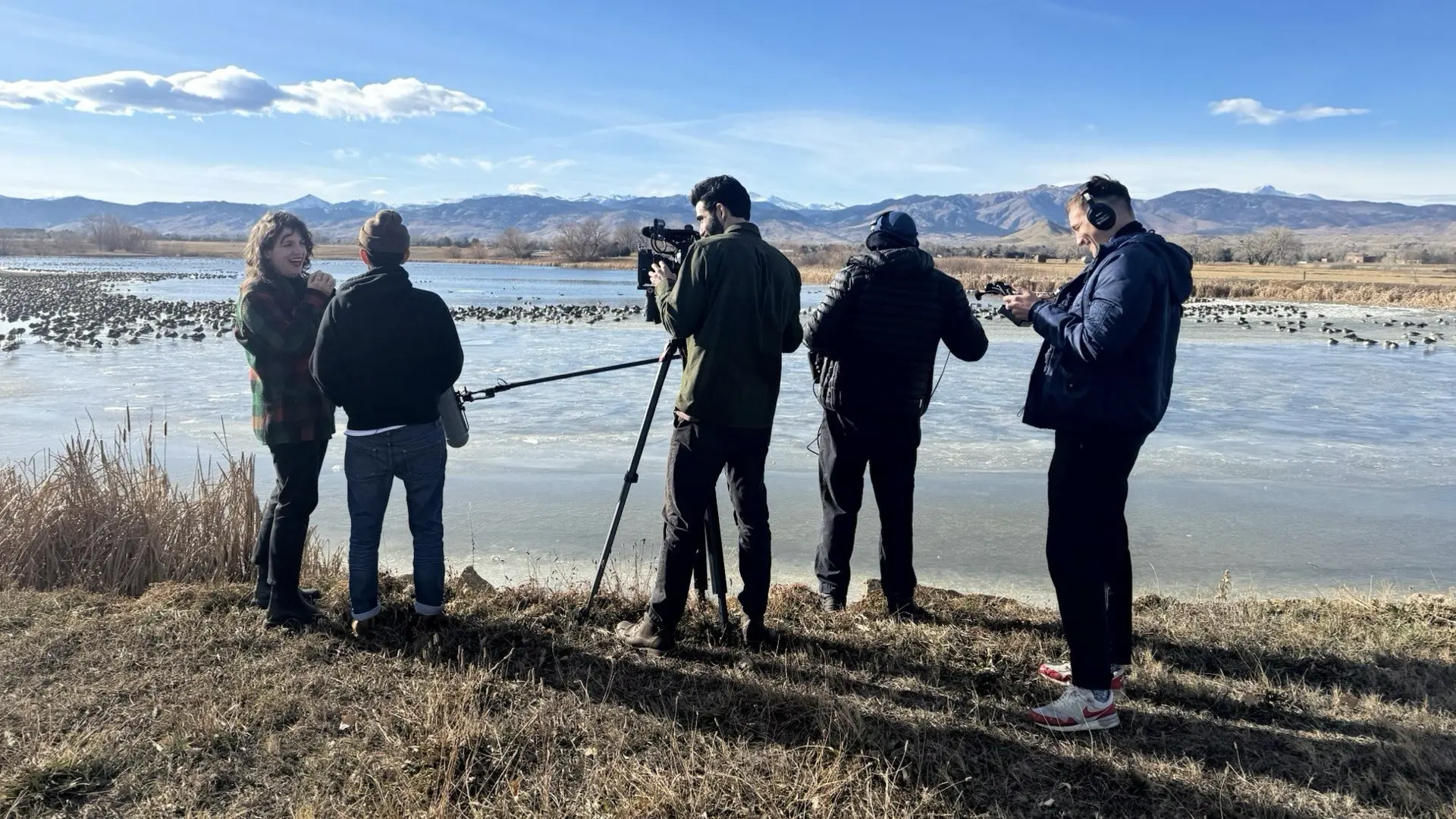
I used natural light for almost all of the film.
What about lighting?
YMCinema: How did you approach lighting for the film? Were there any particular challenges in creating the mood or dealing with specific locations?
Somerhalder: I used natural light for almost all of the film. In conceiving some of the poetry reading sections, we loved the different neon colors that proliferated Andrea’s basement and I brought in one RGB light to shoot in through a window for some of the readings, but otherwise no lighting.
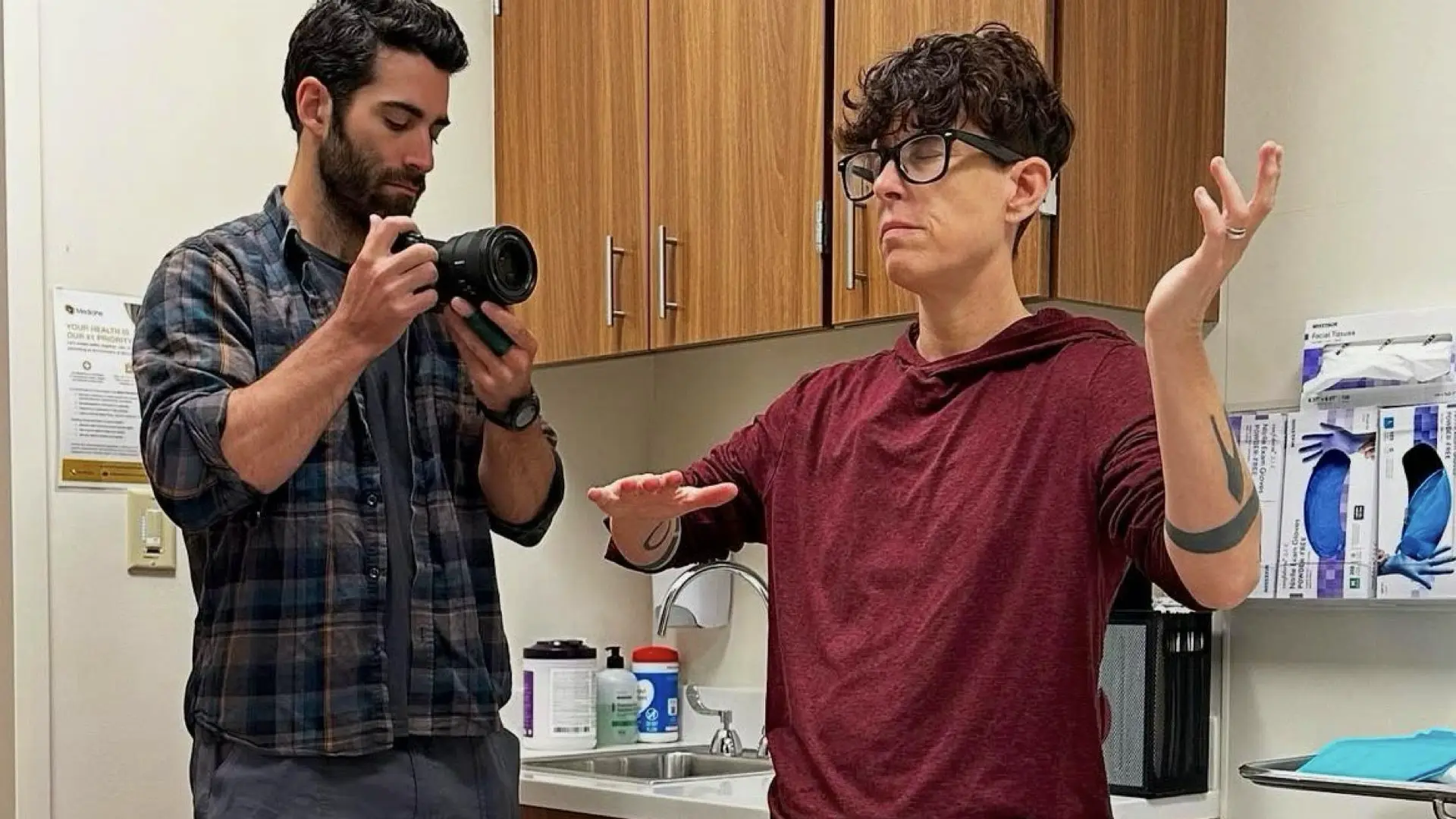
Limitations or unexpected challenges
YMCinema: Did you face any technical limitations or unexpected challenges during the shoot? How did you overcome them?
Somerhalder: I think for me the challenges of a shoot like this are just making sure that you’re capturing the story as it’s unfolding, in an authentic and intentional way. Filming in hospitals requires a lot of bureaucracy but it also is where so much plays out. I was often forced to shoot on an iPhone (and when I could I would get the FX3 into play). One of the most tense scenes, when Andrea and Meg are back in the room where Andrea was told the cancer was incurable, I was forced to film it on the iPhone, with lavs stuck up my sleeves because Andrea couldn’t wear mics during the tests. But it’s a crucial moment in the film, and getting the moment, even if on an iPhone, will always take priority over maintaining a certain aesthetic or style and potentially not getting the moment. This to me is the beauty of doc and why I love my job is the constant balance of story and art – capturing truthful moments under unpredictable circumstances and still presenting it in a way that an audience can engage with emotionally.
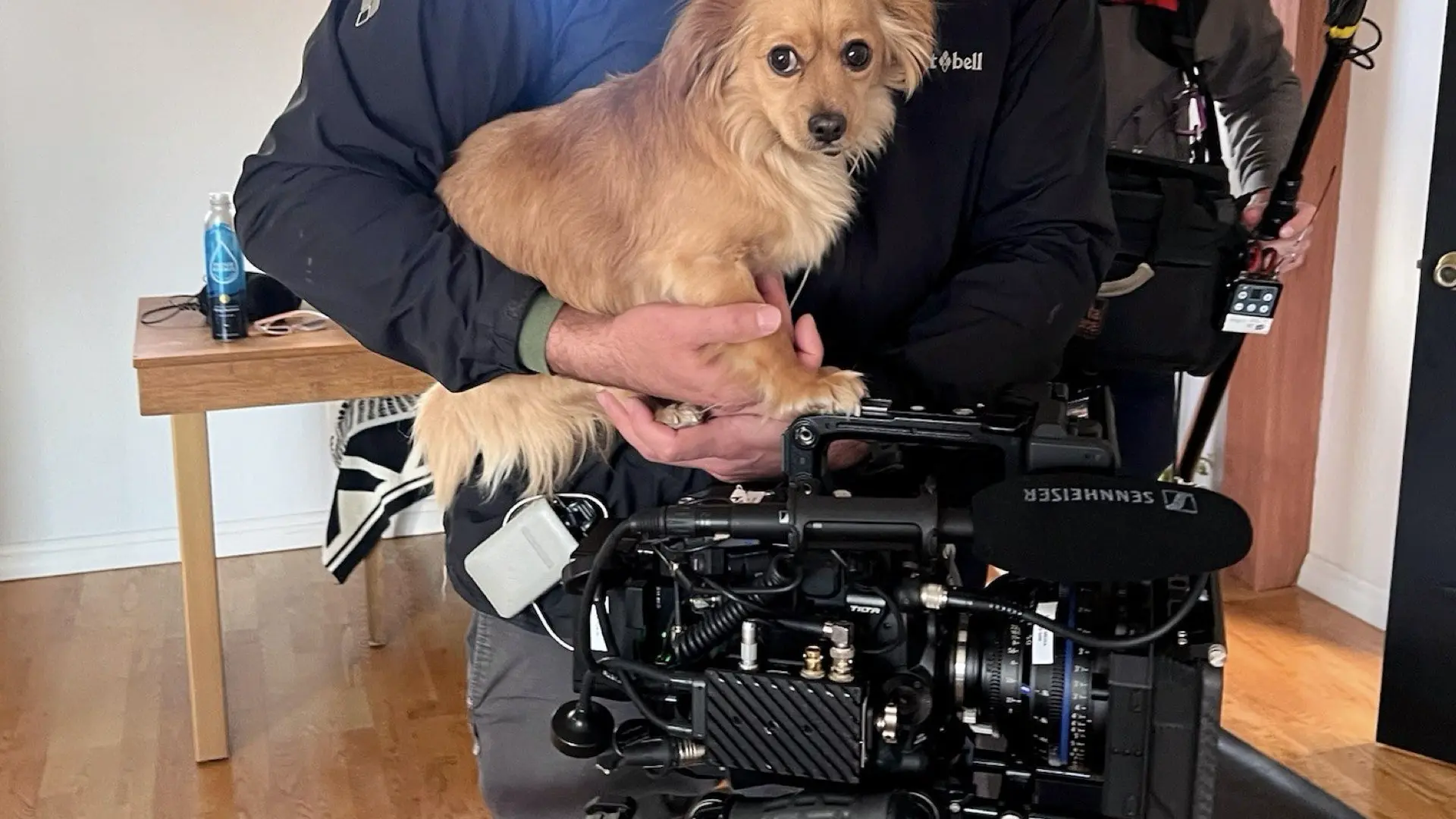
I think for me the challenges of a shoot like this are just making sure that you’re capturing the story as it’s unfolding, in an authentic and intentional way. Filming in hospitals requires a lot of bureaucracy but it also is where so much plays out. I was often forced to shoot on an iPhone (and when I could I would get the FX3 into play).
Let’s talk about post-production
YMCinema: What role did post-production play in completing your vision? How closely did you collaborate with the colorist or VFX team to achieve the final look?
Somerhalder: Because of how quickly we started shooting this film, I brought in and started shooting with a LUT that I thought would be appropriate – pretty moody, steep contrast curve with cooler shadows – figuring the poetry and conversations about death and mortality would lend itself to the moodiness. But I quickly found myself always wishing that the look reflected more of the warmth and joy and full-belly laughter that would come nearly every day. I made one LUT adjustment mid-shoot, but primarily relied on my colorist Stephen Derluguian to help me bring out more of the warmth that was inherent in those scenes. Also we shot this film throughout every season of the year, in the beautiful part of Colorado where they live, and accentuating those changes in the DI from cool winter to beautiful lush green summer helped compliment many of the meditations on time that they make throughout the film.
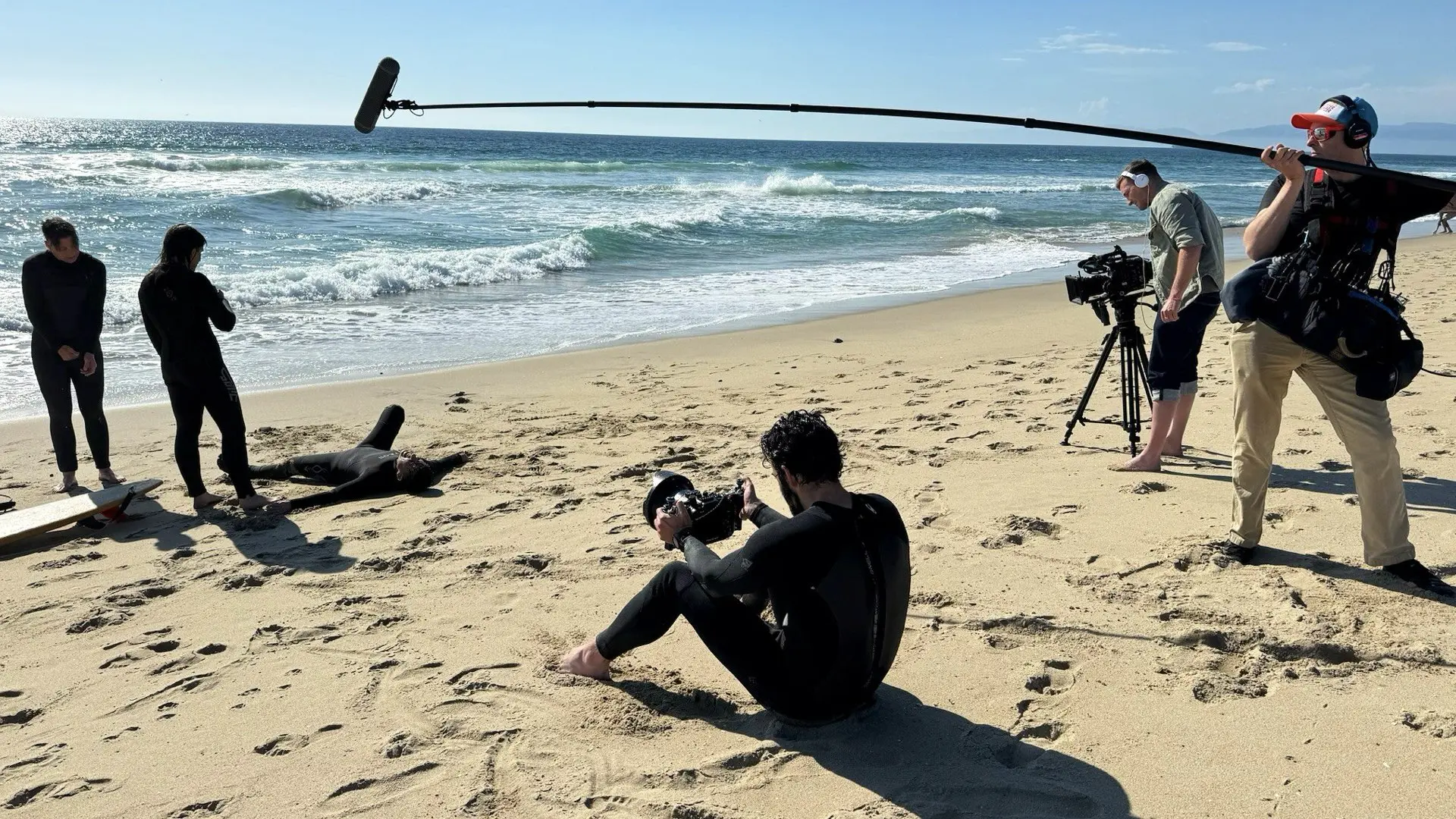
I made one LUT adjustment mid-shoot, but primarily relied on my colorist Stephen Derluguian to help me bring out more of the warmth that was inherent in those scenes.
Tips & tricks
YMCinema: What’s one piece of advice or a “secret weapon” technique you’d share with up-and-coming cinematographers looking to tell powerful visual stories?
Somerhalder: I wouldn’t say it’s so much a “secret weapon” but I’ve found that working in documentary, my curiosity is often at the core of any good choices I make, and I know a project is great when that curiosity only increases as the project continues shooting. As soon as you become uncurious, I think your eye starts to wander and that can be felt in the cinematography, a lack of focus and intention, even if the lens remains technically focused on the subject. There’s an active engagement that’s required and that stems from wanting to learn more about this person that I think elevates a project when it’s there. Also patience and simplicity are your friends.
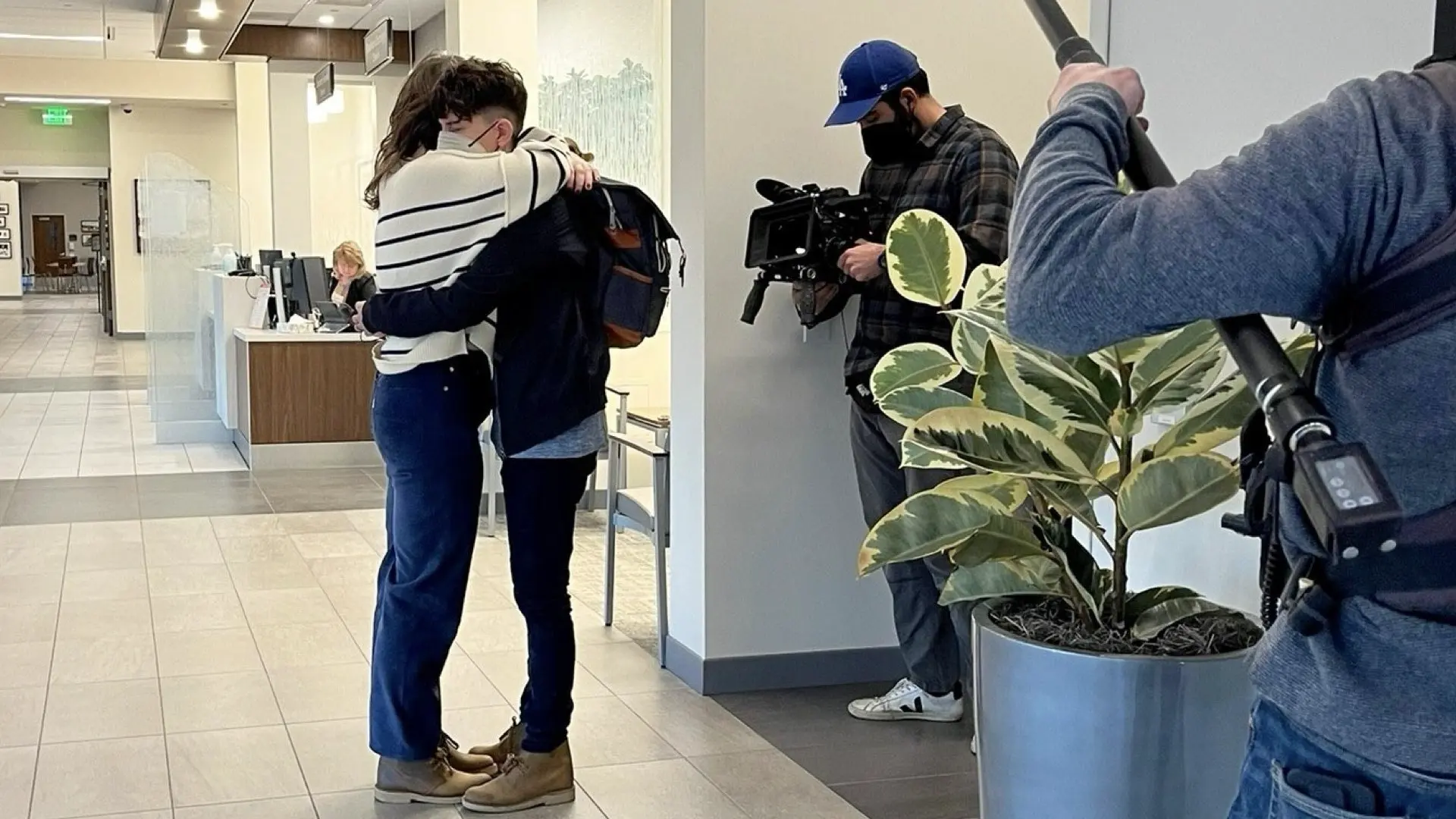
Patience and simplicity are your friends.
Future plans
YMCinema: Finally, what’s next for you after Sundance, and where can we follow your work?
Somerhalder: I’m currently shooting a few other documentary features and shorts, all of which I’m excited about; one of them which I’m also producing tells the story of a legendary Ghanaian cinematographer who filmed the independence of West Africa from their colonial oppressors in the 1960s and now, at 92, is working to digitize the footage to show to his fellow Ghanaians. It’s a beautiful story on the power of film and moving images to help form the fabric of culture and history and he’s an absolute inspiration. My work is on my website www.brandonsomerhalder.com and occasionally on the gram @brandsomer.
Product Links
Here are the products mentioned in the article and the links to buy them on Amazon. Please note that the pricing is being changed daily.
-
- EOS C500 Mark II: BUY on AMAZON
- Sony Alpha FX3: BUY on AMAZON
- Canon EOS C70: BUY on AMAZON
- SONY ILME-FX6: BUY on AMAZON
- ZEISS Compact Prime CP.3: BUY on AMAZON

